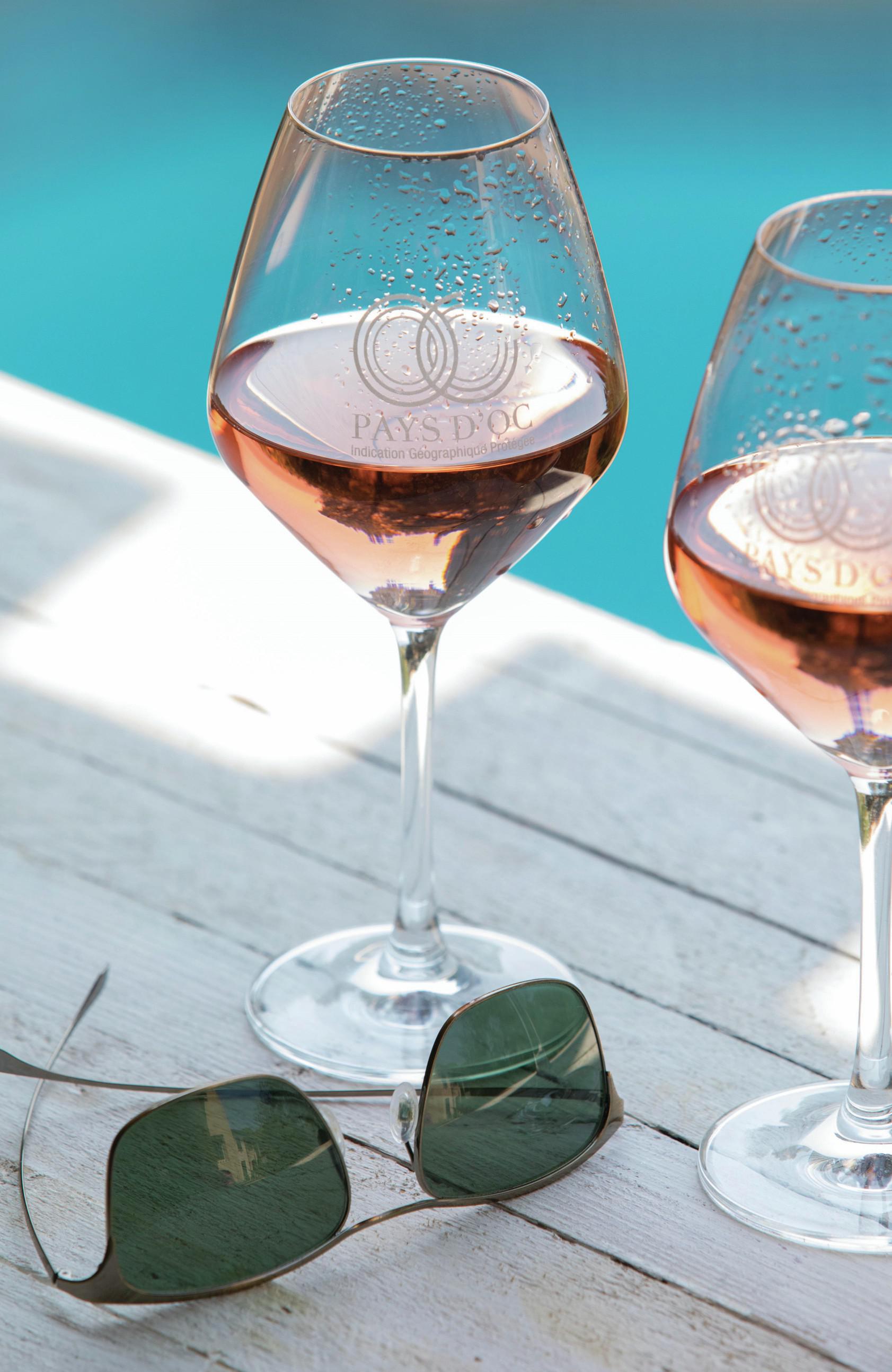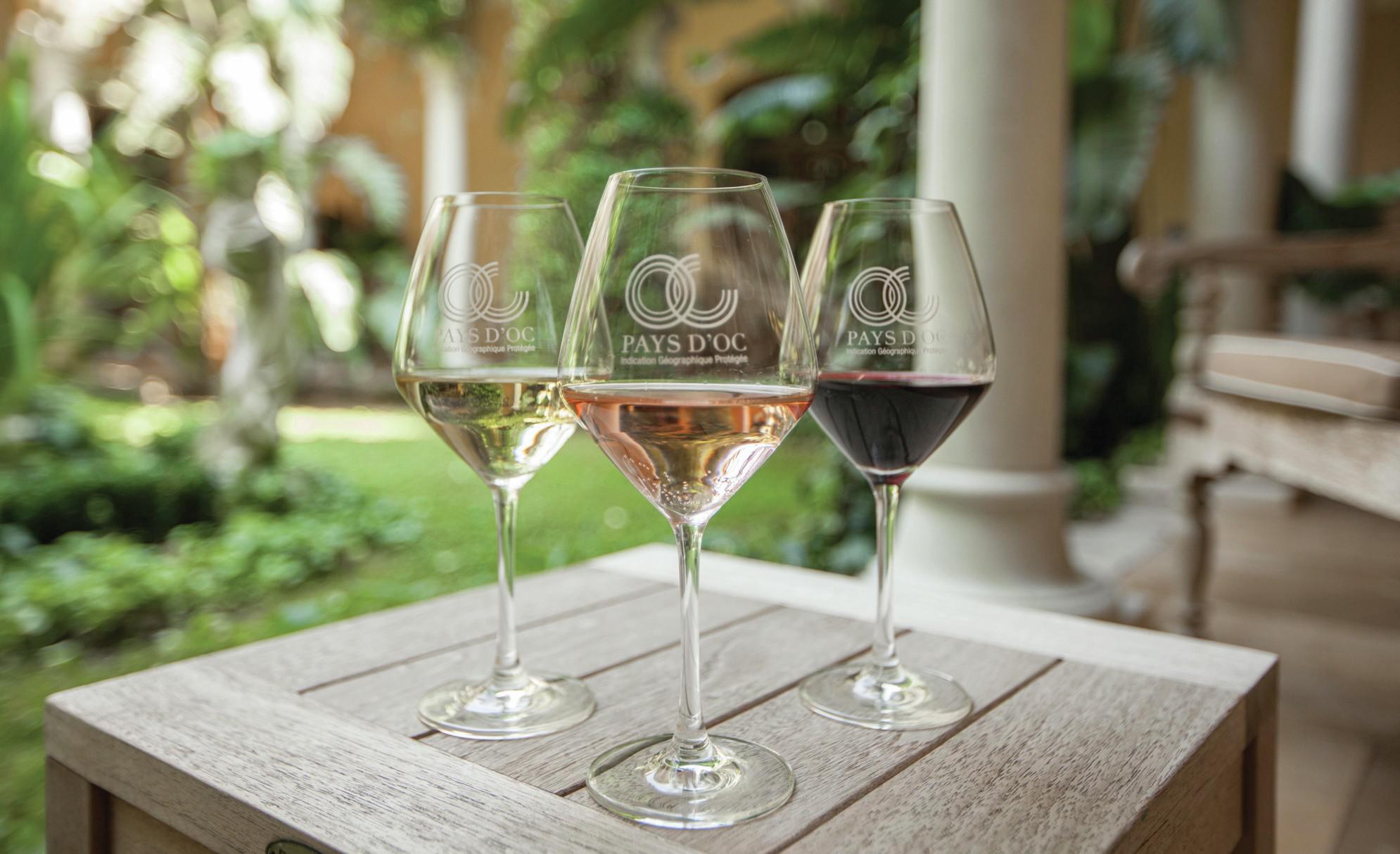This website uses cookies so that we can provide you with the best user experience possible. Cookie information is stored in your browser and performs functions such as recognising you when you return to our website and helping our team to understand which sections of the website you find most interesting and useful.
Pays of heaven: why the Pays d’Oc IGP is ripe for rosé
Winemakers in the Languedoc-Roussillon who make Pays d’Oc IGP rosés enjoy the freedom to experiment with various grapes and production methods, meaning the wines are always fascinating, as Patrick Schmitt MW reports.
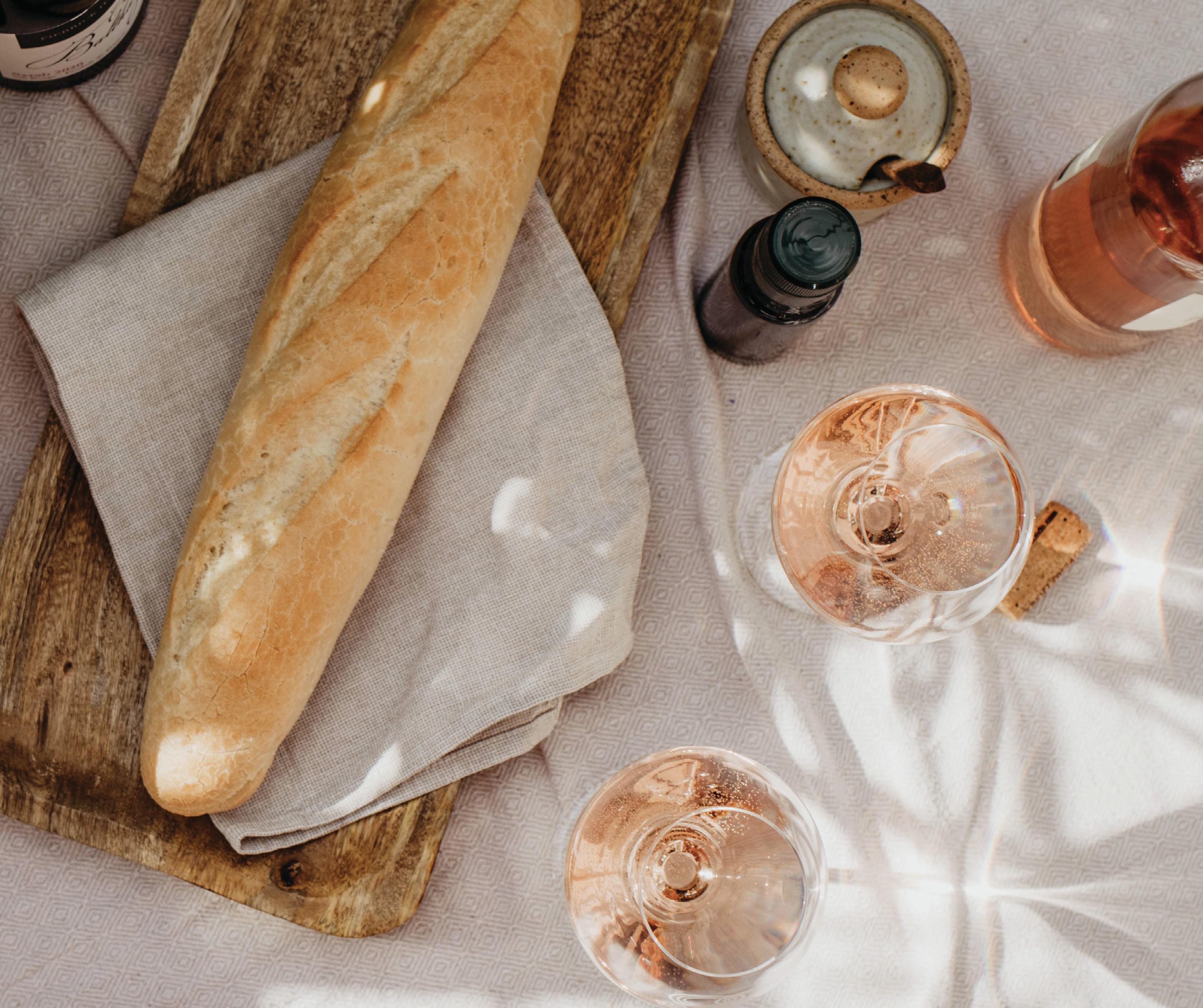
IF THERE’S one standout sector of the still wine market that’s been booming over the past decade, it’s rosé, and particularly the pale, dry sort. Leading such phenomenal growth worldwide has been Côtes de Provence.
Because the demand for wines from this protected origin has been so intense, prices have risen markedly, and supply has started to become limited. But why restrict yourself to this one part of France? After all, as people start to drink fine, pale pink wines more regularly, an urge to explore the wider world of pink wine should emerge.
And few places are better for the rosé lover than the Languedoc-Roussillon, and specifically the Pays d’Oc IGP protected origin, which brings with it a guarantee of quality and high level of traceability.
Occupying the wider area to the west of Provence, it offers a wonderful combination of diversity and quality, with scale and relative affordability. Covering 120,000 hectares out of the 240,000ha farmed in the Languedoc-Roussillon wine region, the Pays d’Oc represents as much as 910m bottles of wine production annually, 30% of which is rosé (with the rest split between red, 45%, and white, 25%). That means Pays d’Oc pink wine production amounts to almost 273m bottles each year, around 40% more than Provence’s output of 160m bottles.
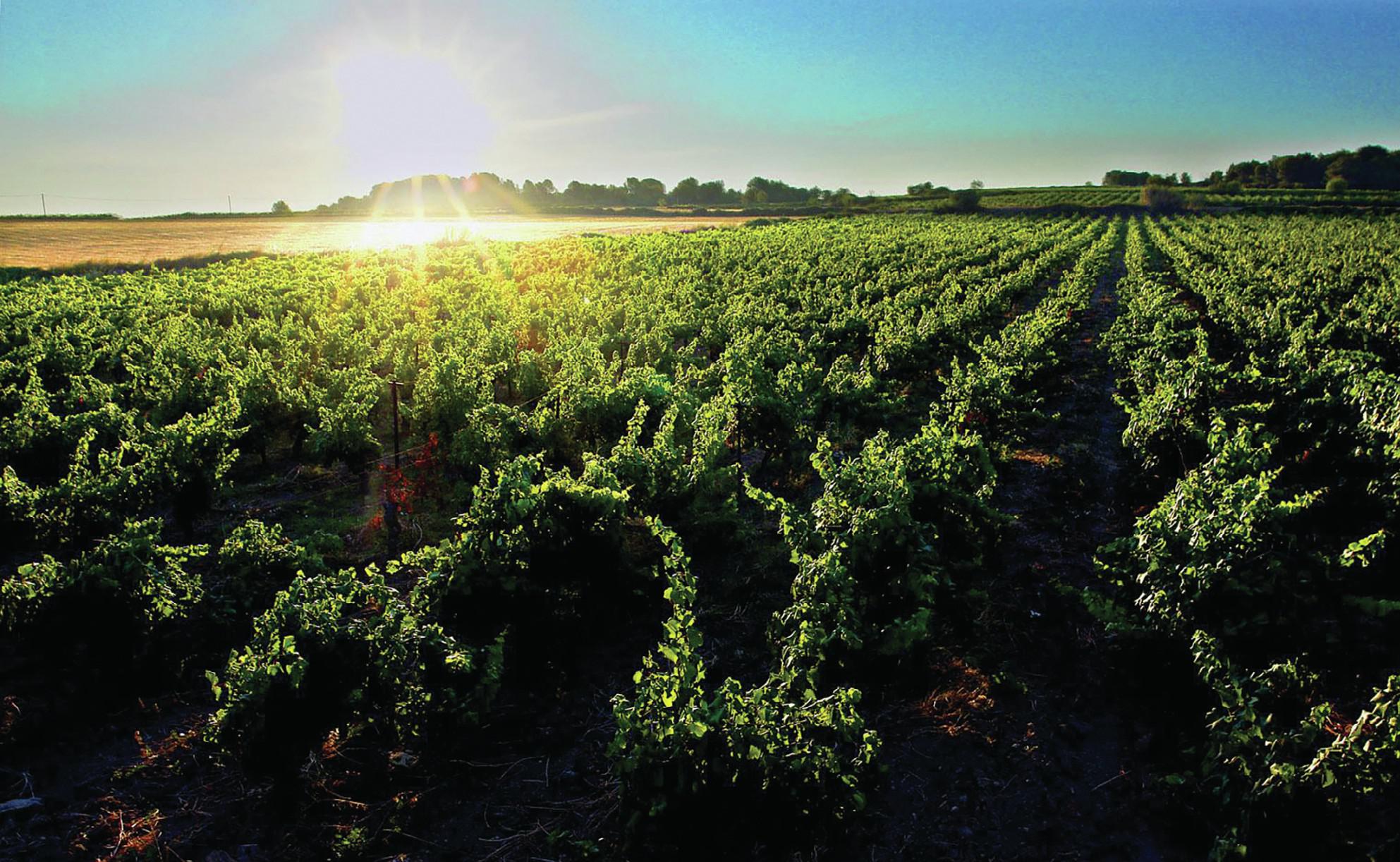
A HUGE CHOICE
The Pays d’Oc, which is the largest producer of rosés in France, is responsible for almost one quarter of the country’s total annual rosé production, and, because the classification encompasses such a wide area, and allows the use of as many as 58 grapes (of all three colours), there is a huge choice when it comes to pink wine style. A set of 27 varieties tend to be used for making Pays d’Oc rosé, many of them being the classic grapes of Provençal rosé. The most common is Grenache Noir, followed by Cinsault, then Syrah, and Mourvèdre is also used, although less commonly.
That allows the area to craft rosé in a similar style, but without the strictures of an appellation in terms of rules and yields, and across a much larger area, running alongside a 200-kilometre stretch of the Mediterranean coastline.
Yields are capped at 55 hectolitres per hectare in Provence, but are capped at 100 hl/ha for rosés in Pays d’Oc IGP, although producers tend to stick to an average of 75 hl/ha.
Furthermore, because of the freedom allowed within the Pays d’Oc IGP classification, which allows producers to make varietally-labelled wines from a broad suite of grapes, the style of rosé on offer is broad.
Producers can opt to work with the same varieties as Provence, or choose to make pink wine from a wide variety of other grapes.
Among these are other excellent bases for fine and expressive rosé, such as Merlot and Pinot Noir, Cabernet Franc, Malbec and Petit Verdot.
LIMITLESS OPPORTUNITIES
Then there are the pink-skinned grapes, such as Grenache Gris and Sauvignon Gris, even Muscat, as well as any of the aforementioned grapes in a blend, giving almost limitless opportunities for producers to craft wines of interest and quality.
Not only can Pays d’Oc IGP rosés be single-varietal wines or blends, but they also come with a quality guarantee for the consumer – all wines carrying the classification must be approved in terms of taste before they leave for the market.
Source area and winemaking adds further complexity to the offer, with Pays d’Oc providing rosés from a wide range of terroirs – from the peaks of the Pyrenees to the marshlands of the Camargue – as well as every type of cellar technique, making this the home of pink wine that’s light and fresh, or more textured, and barrel-influenced too.
Indeed, the world’s most expensive still rosé comes from the Languedoc – a£200 biodynamic, barrel-matured drop – proving that it’s possible to craft luxury pink wines from this southern French region.
However, at all price levels, the wines from the Pays d’Oc vineyards benefit from a dry climate, exposed sites, and near-constant winds, which have the dual benefit of yielding ripe and refreshing wines, but also those with minimum viticultural inputs. This part of France is perfectly suited to low-intervention viticulture, and the largest source of certified organic wines in France. With as much as 10% of the Pays d’Oc production farmed this way, the area makes 90m bottles of certified organic wines annually, with 24% of those being rosés.
So, if you are looking for a rosé that’s pale, that’s dry, that’s Grenache-based, as well as good value, then the Pays d’Oc IGP label provides a brilliant option.
And if you want one that’s certified organic too, then this is the place to look as well.
But it’s also the home to varietally labelled pink wines made from well-known grapes such as Pinot Noir and Merlot, or rosés incorporating novel blends with beautifully balanced results.
Plus, the Pays d’Oc vineyards can be the source of fine wines, be they from specialist sites, old vines, or those employing pricier winemaking techniques, such as barrel-ageing.
In essence, the combination of scale, ideal viticultural conditions, and winemaking freedoms, mean that the Pays d’Oc IGP label has the potential to meet a wide range of pink vinous needs, most importantly, a fine, pale, dry rosé for a competitive price.
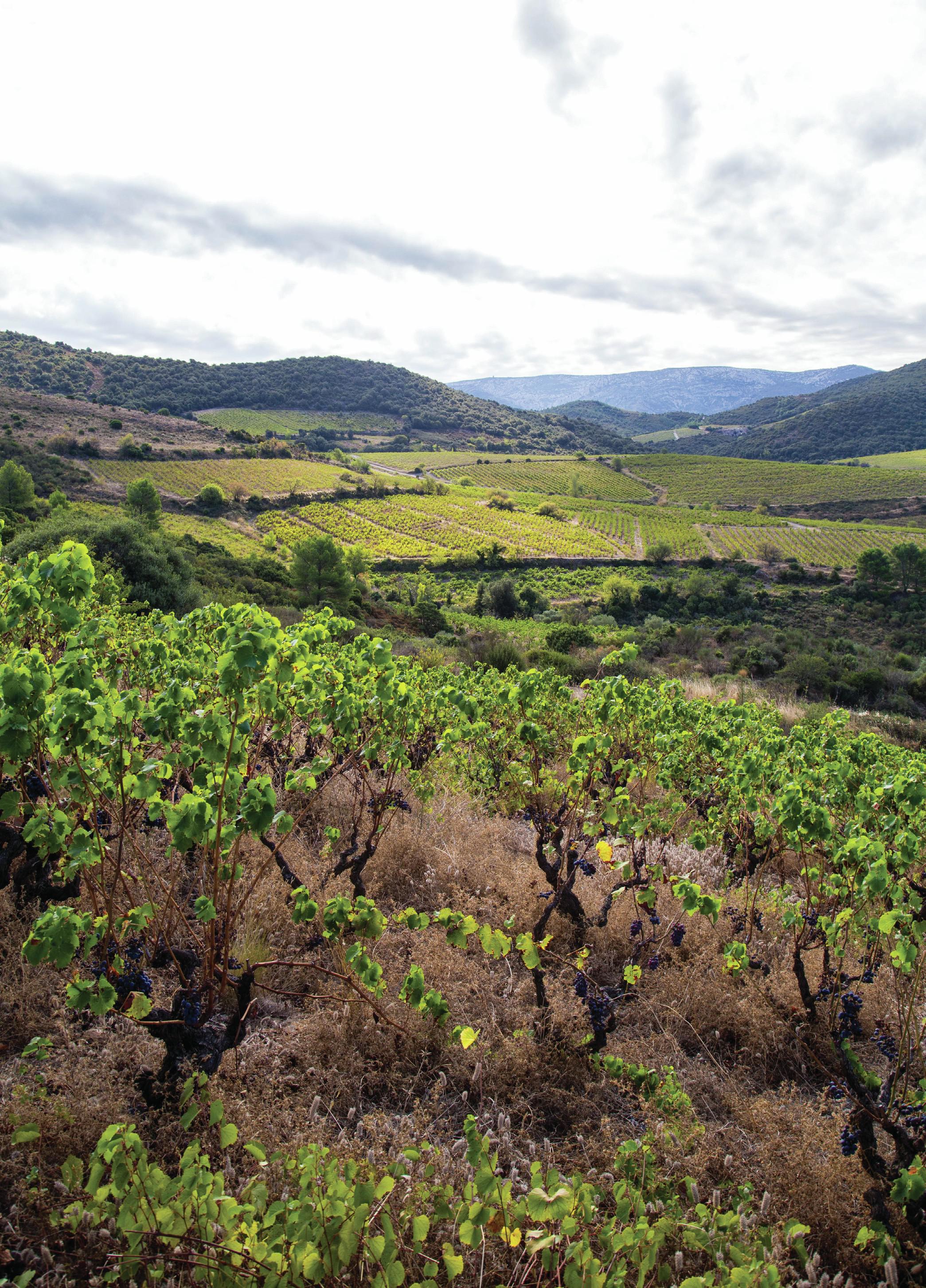
The Pays d’Oc IGP rosés
Stretching along the Mediterranean coast to the height of the Pyrenees, the Pays d’Oc IGP is a part of the largest winemaking area in the world and produces more rosé than Provence.
Having tasted through almost 100 samples from the area, Patrick Schmitt MW made the following selection, which were presented to the trade on 14 June.
• French Ambush, Grenache / Cinsault, 2021
• Chantovent, Miss Anais Gris, Grenache Gris
• Domaine de L’Ostal, l’Ostal rosé, Grenache / Syrah, 2021
• Domaine de Puilacher, Prologue, Syrah, 2021
• Domaine Ancely, La Colère Belle, Pinot Noir, 2021
• Domaine de Cibadiès, Syrah /
Grenache, 2021 (Domaines Bonfils)
• La Belle Pierre, Evidence, Caladoc /
Cabernet Franc, 2021
• Domaine La Jeanne, Excellence Rosé, Grenache / Cinsault, 2021
• Domaine Les Yeuses, O d’Yeuses Rosé, Syrah / Grenache / Cinsault, 2021
